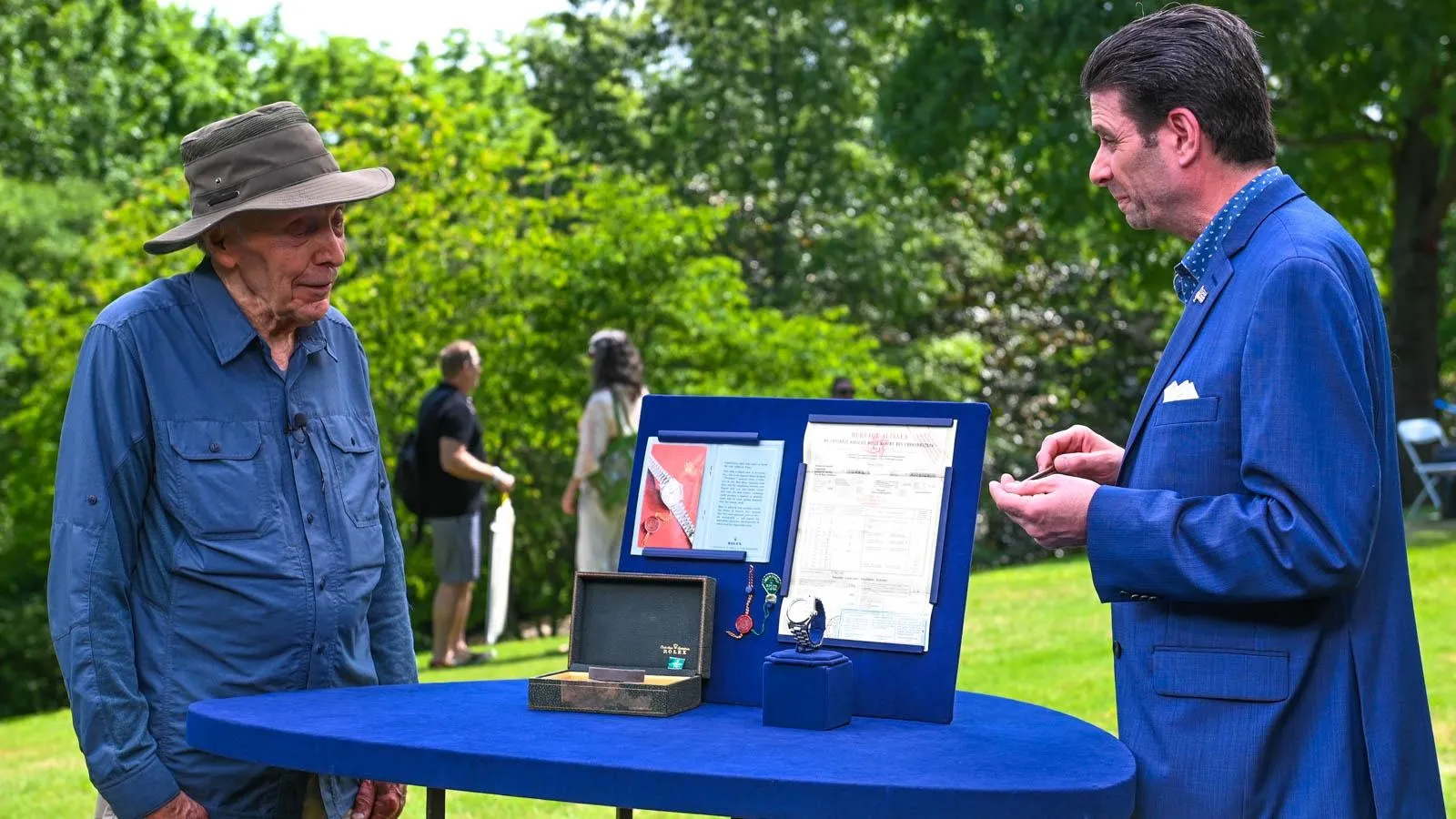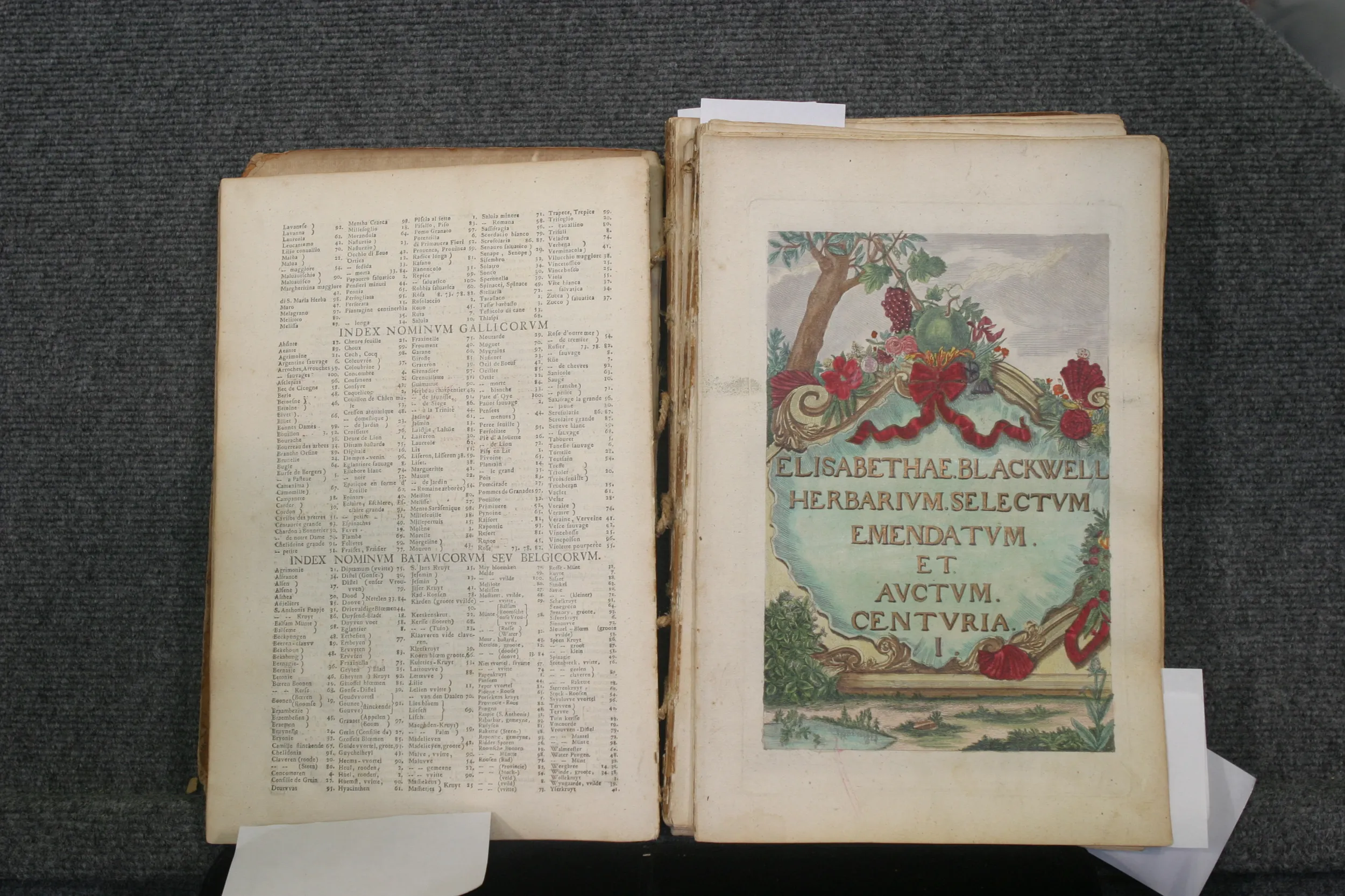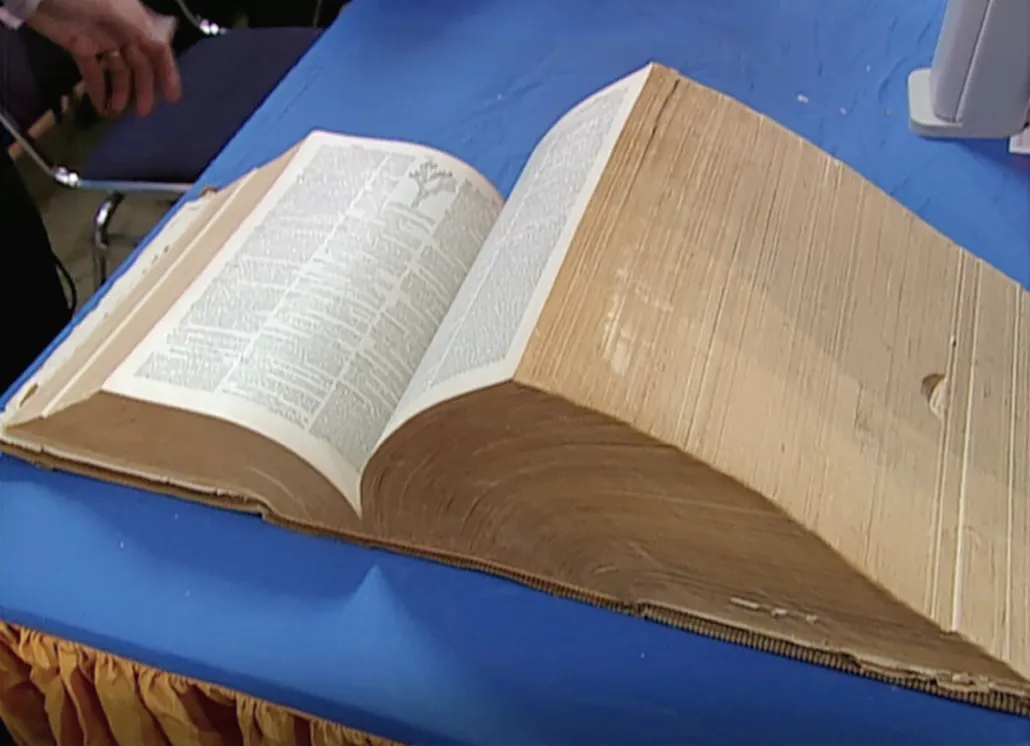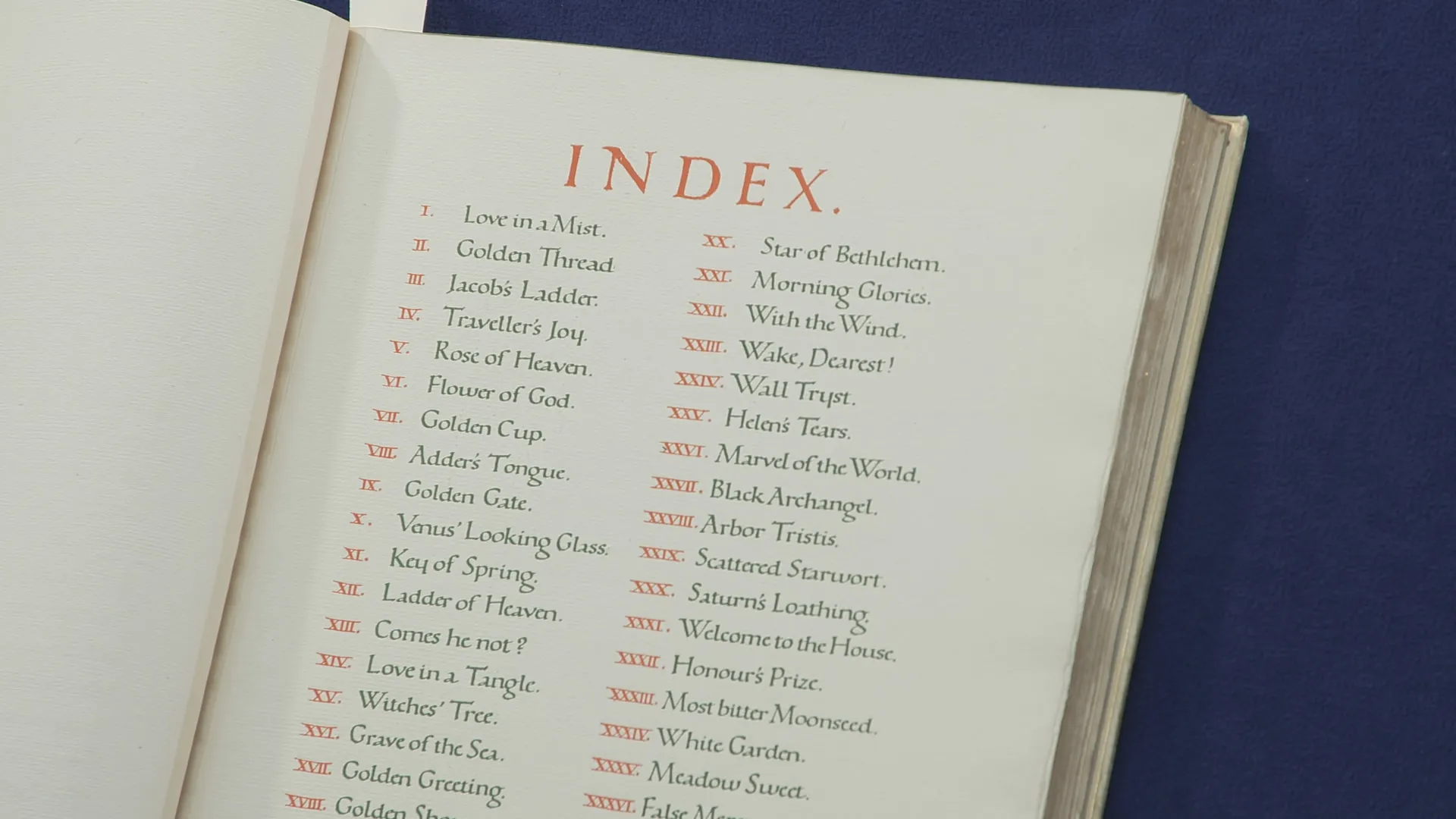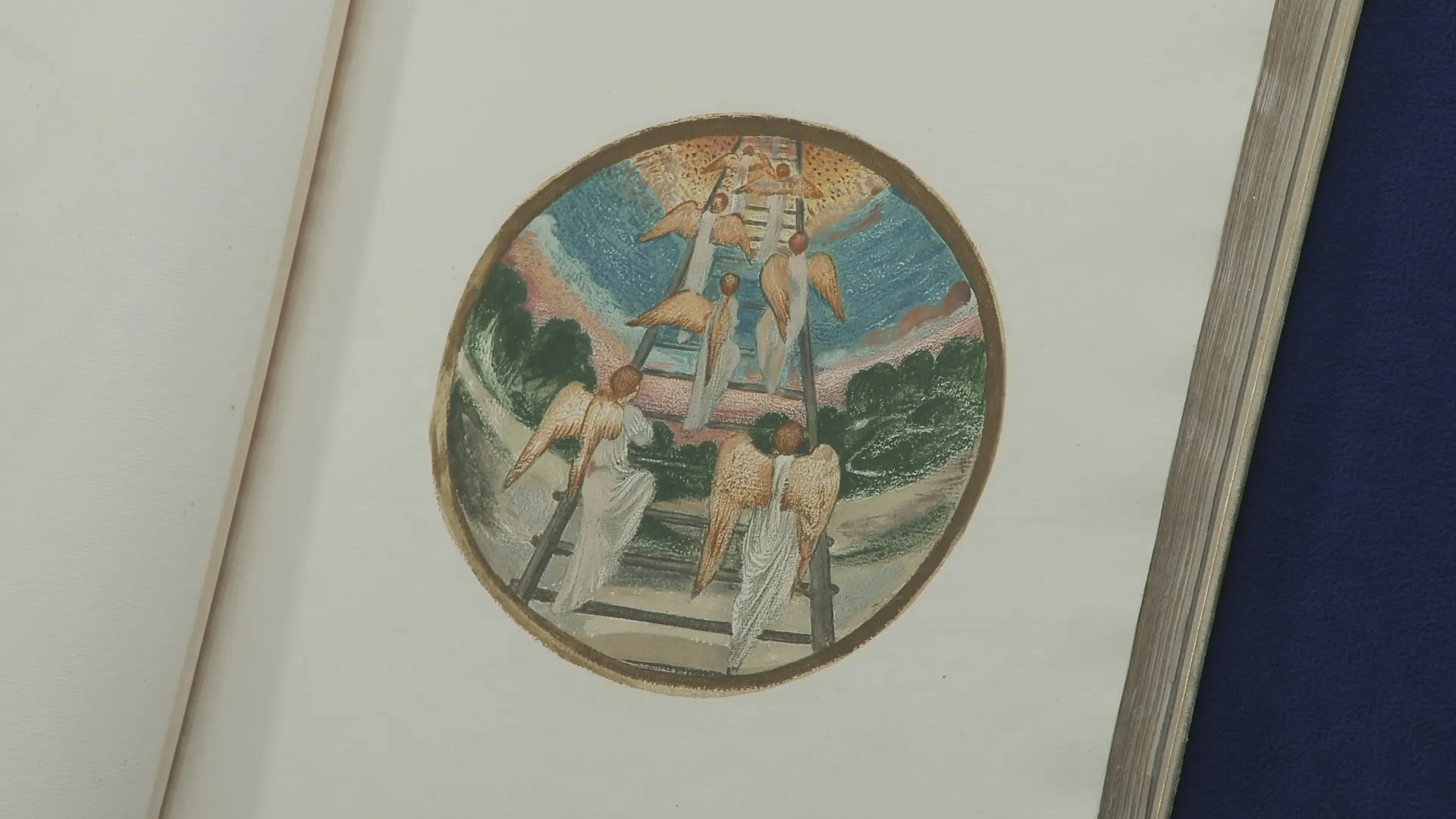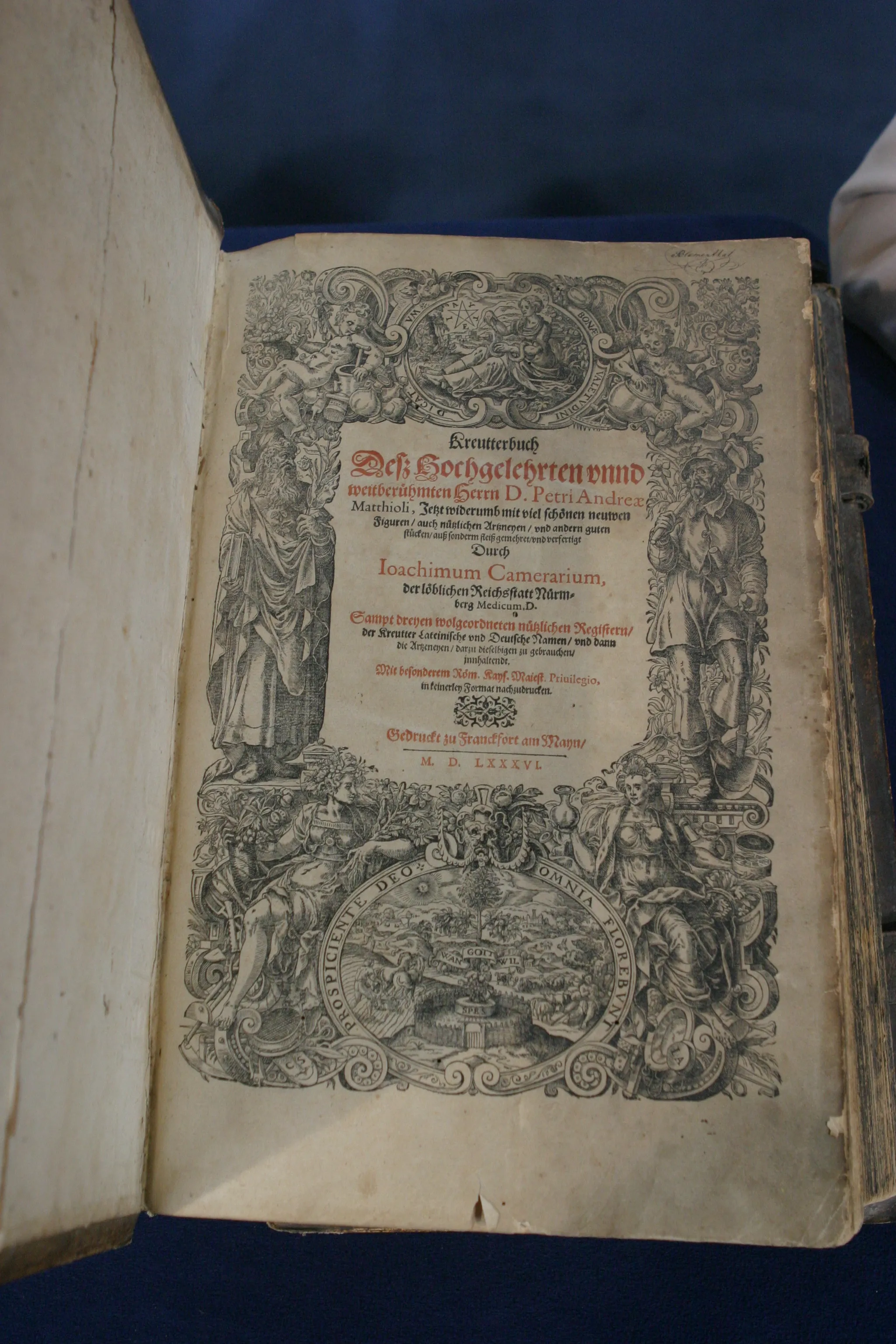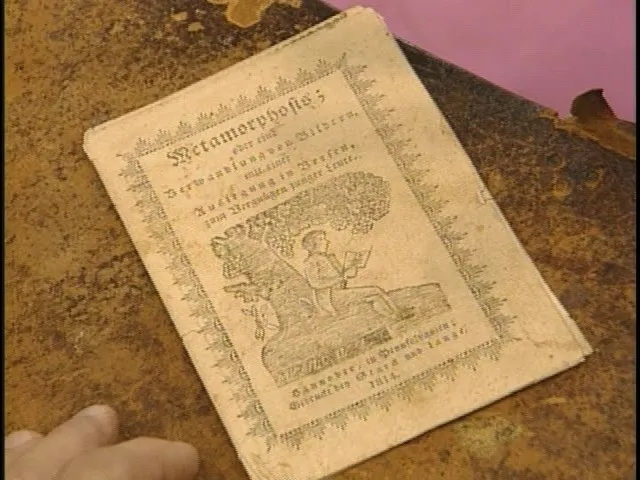GUEST: It was handed down to my dad from a distant cousin who was a avid art collector, and he lived in Hawaii. We never knew Cousin Floyd.
GUEST: (woman 2 chuckles)
GUEST: Uh, but we heard he was very eccentric. This comes to us today, sadly, because...
GUEST: (inhales) Both of our parents passed in November, and so we inherited it. And it was the last thing we found in the house.
GUEST: Literally.
GUEST: It was in a cedar closet in a red suitcase in the garage.
GUEST: Wrapped up in newspaper. (chuckles)
GUEST: And it was the last thing we found to, you know, pack up out of the house. So we were excited to find it, because we weren't sure where it was.
APPRAISER: (appraiser chuckles)
GUEST: And we knew of it exi, of its existence because our parents engaged us in trying to explore its origin and its value. And my mother ended up with Alzheimer's. I would say with Mom, it was one of the final things that we had a relationship...
APPRAISER: A good...
GUEST: ...and a bond with about discovering and exploring together, so...
GUEST: Yeah.
GUEST: It, it's got a lot of sentimental value with us.
GUEST: (chuckles)
APPRAISER: It's by Edward Burne-Jones. It's The Flower Book, but there's no pictures of flowers!
GUEST: I, I know. He used the names of flowers as inspirations...
GUEST: Oh, wow.
GUEST: Oh.
APPRAISER: ...for thoughts that were either mystical, religious... He loved the Arthurian legends. He had people send him names of flowers. Most of them he rejected, but just the idea. "Okay, this is one that inspires me." We open it up to the title page. The book has a limitation page. It was limited to 300 copies. This is number 13, and down here, it's dated 1905. Edward Burne-Jones was a pre-Raphaelite artist. He, he lived from the early 1830s to the late 1800s. He was a working artist. A lot of artists in that period inherited a lot of money, and they could do their art.
GUEST: Mm-hmm.
APPRAISER: He had to make a living.
GUEST: Oh, wow.
APPRAISER: So he did tiles, he did tapestries, he did books, he did fine art paintings. He did 38 plates, and they were all inspired by different flower names-- the first one I'll look at is called "Jacob's Ladder." The leaves sort of cross each other. That's where the name comes from.
BOTH: Okay.
APPRAISER: And of course, he imagined it, "Jacob's Ladder," the... Everyone heading up to heaven.
GUEST: Oh.
APPRAISER: All of the pictures were circular. In another one here... "The Key to Spring." And it shows sort of a pre-Raphaelite figure that he was well known for. She's unlocking the trees, and then the leaves will be coming out. The birds will be coming back. The flower that inspired this was a primrose, and primrose bloom early with the idea of spring coming.
GUEST: Uh-huh. Oh, wow.
APPRAISER: He died in 1898, and then, a number of years later, his wife loved these pictures, and in a very limited edition of 300, published it. What did you find when you were looking?
GUEST: This was in 2008.
GUEST: I think so, yeah. My mom and I did a little bit of research and we saw, I think it was number 67 out of the 300 that was up for auction-- I don't know what it ever sold for-- for $15,000. Usually the book comes in a relatively plain green binding. There were a few copies done in a very special binding. Now, let me turn to the end.
GUEST: I'm getting goosebumps. (chuckles)
APPRAISER: There's a little initials here.
GUEST: Oh, yeah. Right.
APPRAISER: WHS, that's William H. Smith. So they took this book-- let me turn it back to the front-- and put it in a very fancy binding. Although it's limited to 300, you have one of the few that were actually put in the special design binding.
GUEST: Wow.
APPRAISER: If you had to replace this, that raises the price...
GUEST: Oh.
APPRAISER: ...from $15,000 to maybe $25,000 or more, because you have the very fancy binding.
GUEST: And we had no idea about that, yeah. (chuckles)
GUEST: That's unbelievable.
(both chuckle)

